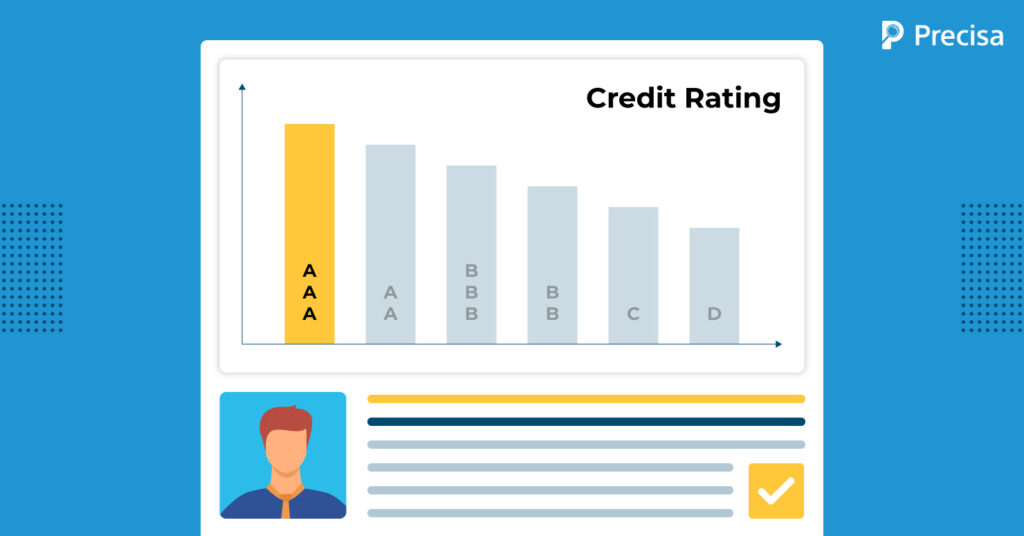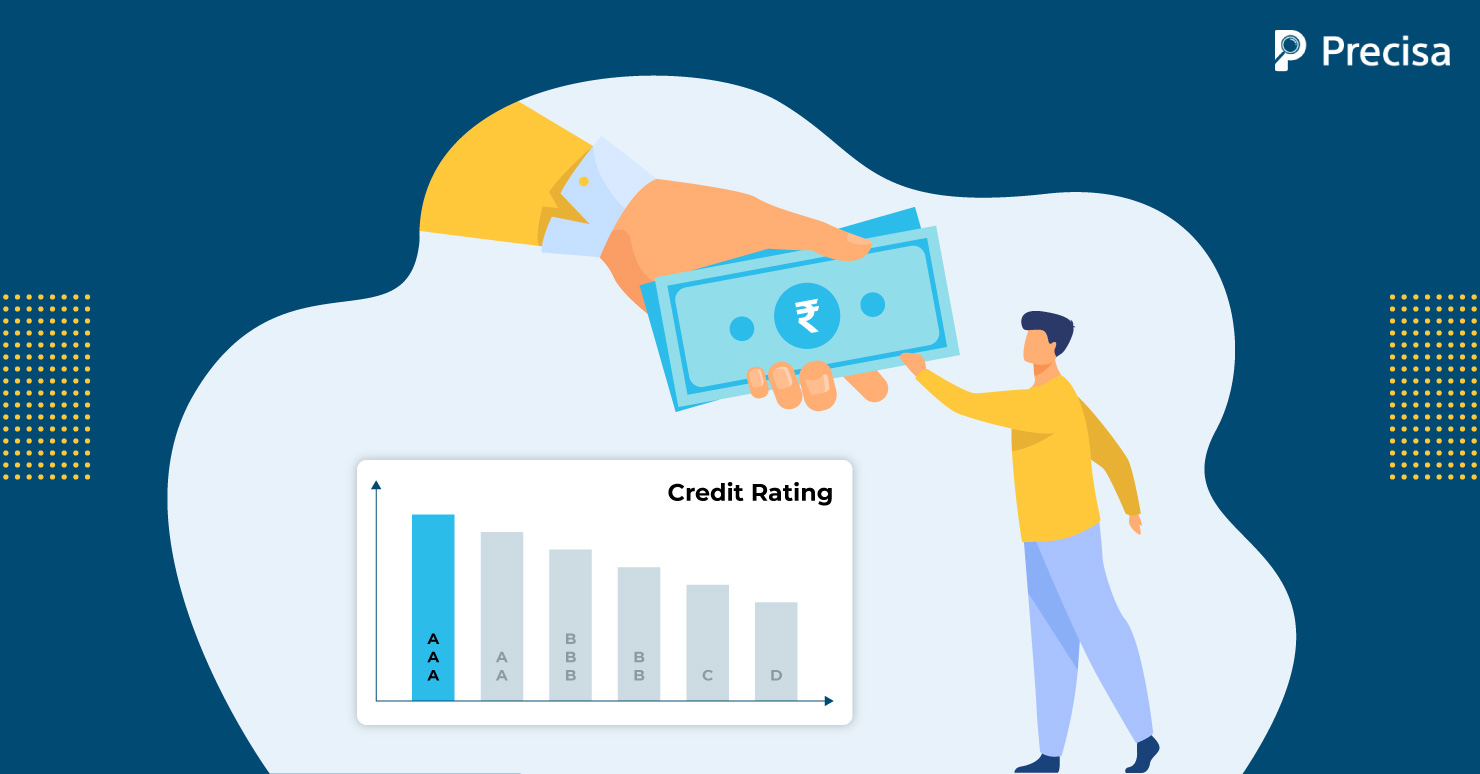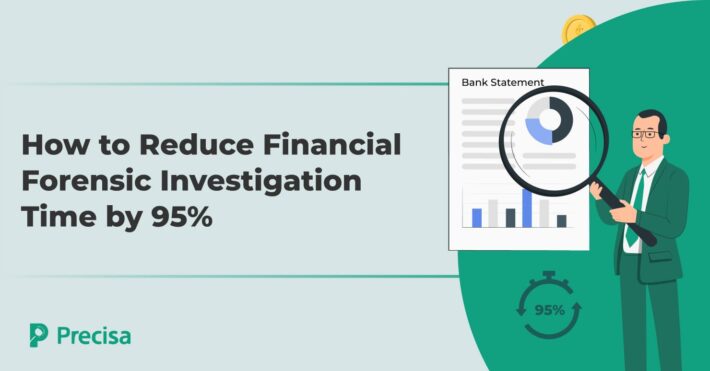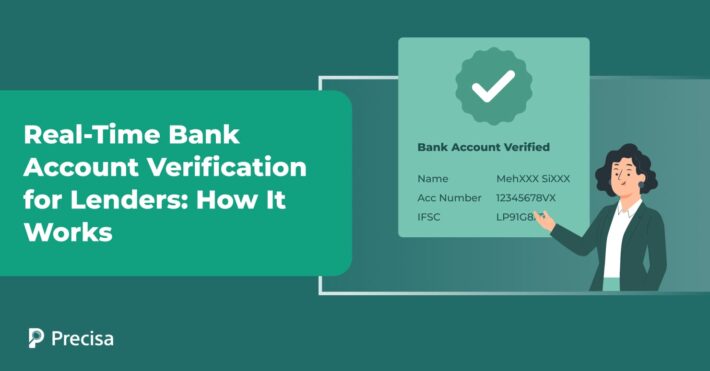What is Credit Rating and Why is It Crucial for Lenders?

The rising number of non-performing assets (NPAs) and fraudulent activities necessitates a closer examination of credit sanctions.
According to the Reserve Bank of India’s Financial Stability Report (FSR), the gross non-performing assets (GNPAs) percentage of banks could climb to 9.8% by March 2022, up from 7.48% in March 2021, under a baseline scenario.
As of March 31, 2021, Indian banks reported fraud totalling INR 4.92 trillion, accounting for approximately 4.5% of total bank credit. Up until March 31, 2021, 90 banks and financial institutions reported a total of 45,613 occurrences of loan fraud.
With the number of defaulters skyrocketing, lenders need to assess the borrowers’ repayment capacity accurately. Credit ratings assist lenders in determining a borrower’s creditworthiness.
Credit ratings are based on extensive due diligence by rating organisations. This can affect whether a borrower has been approved for a loan and the loan’s rate must be repaid.
What Is Credit Rating, and How Is it Done?
Credit rating studies financial instruments, particularly debt instruments, supplied by businesses, governments, enterprises, organisations, and individuals.
In other terms, it is a method of determining an organisation’s creditworthiness. The process of grading an instrument entails assessing the entity’s business risk, financial risk, and credit risk.
Special credit rating agencies assess borrowers’ financial risk to determine whether they will repay loans on time. A credit rating is determined by an agency that considers the borrower’s quantitative and qualitative characteristics.
Credit rating agencies calculate this rating using a detailed report that considers several factors such as lending and borrowing history, ability to repay debts, past debts, future economic potential, and more.
A credit rating agency examines an entity’s financial instruments in great detail. The grades run from AAA to D, indicating how safe the investment products are.
A good credit rating boosts credibility and demonstrates a track record of repaying loans on time. In addition, it assists lenders in determining whether to approve loan applications and the interest rate offered.
Why Is Credit Rating Crucial for Lenders?
A higher credit rating indicates that the company or entity is more likely to repay the borrowed credit, giving a positive impression of the borrower’s creditworthiness.
On the other hand, a lower credit rating may indicate that they are more likely to default. This can make borrowing money difficult for them because lenders will view them as high-risk borrowers.
However, credit rating is essential in other ways for lenders as well:
1. Better Investment Decision
By considering the risk of the business borrowing the money, lenders and investors can make better and more solid investment decisions. In addition, when lenders know a potential borrower’s credit rating, they can be comfortable that their money will be repaid on time and with the correct interest rate.
2. Risk Premium and Interest Rate
Banks use the agency’s ratings to establish the risk premium imposed on loans and bonds at the consumer level. For example, a bad credit rating indicates that the loan has a more significant risk premium, which leads to an increase in the interest rate given to people and businesses with bad credit.
With a strong credit rating, borrowers can readily borrow money at a lower interest rate from the public debt market or financial institutions.
3. Lending to Non-Popular Business Entities
Credit rating is beneficial to the non-popular business entities.
When a credit rating agency raises a company’s rating, it indicates that the company has a reasonable possibility of repaying the debt. However, when a credit rating is reduced, it is clear that the entity’s ability to repay has deteriorated.
Borrowing money becomes a complicated process once the entity’s credit rating has been reduced, affecting the total firm. In addition, lenders will see the borrower as a high-risk debtor because they are more likely to default.
Final Thoughts
In the previous twenty years, credit ratings have become increasingly important in the country’s financial system. Today, several credit agencies grade businesses and organisations based on their ability to repay loans.
A bank statement analysis gives you a complete picture of the applicant’s financial situation. This procedure examines because they are more likely to default the financial condition, credit records, and company cash flows to determine the status.
Credit analysis is used to determine how big of a risk a client offers to credit institutions. Red flags such as windfall type deposits and bounced checks, to mention a few, can be identified and highlighted using bank statement analysis.
Precisa, a modern bank statement analyser, is helping to determine the future of lending institutions. It’s a must-have tool for staying ahead of the curve and bringing the credit appraisal process up to speed.
So, if you’re looking for a reliable Bank Statement Analyser (BSA) that’s quick, accurate, and easy to use, go no further! Instead, start your free trial with Precisa right now!




